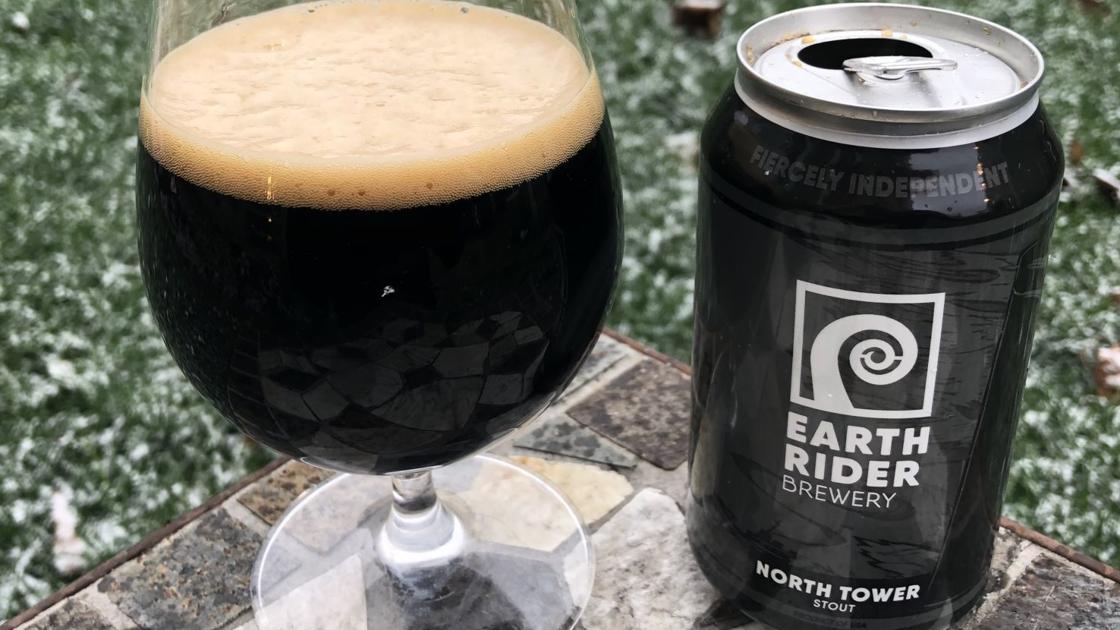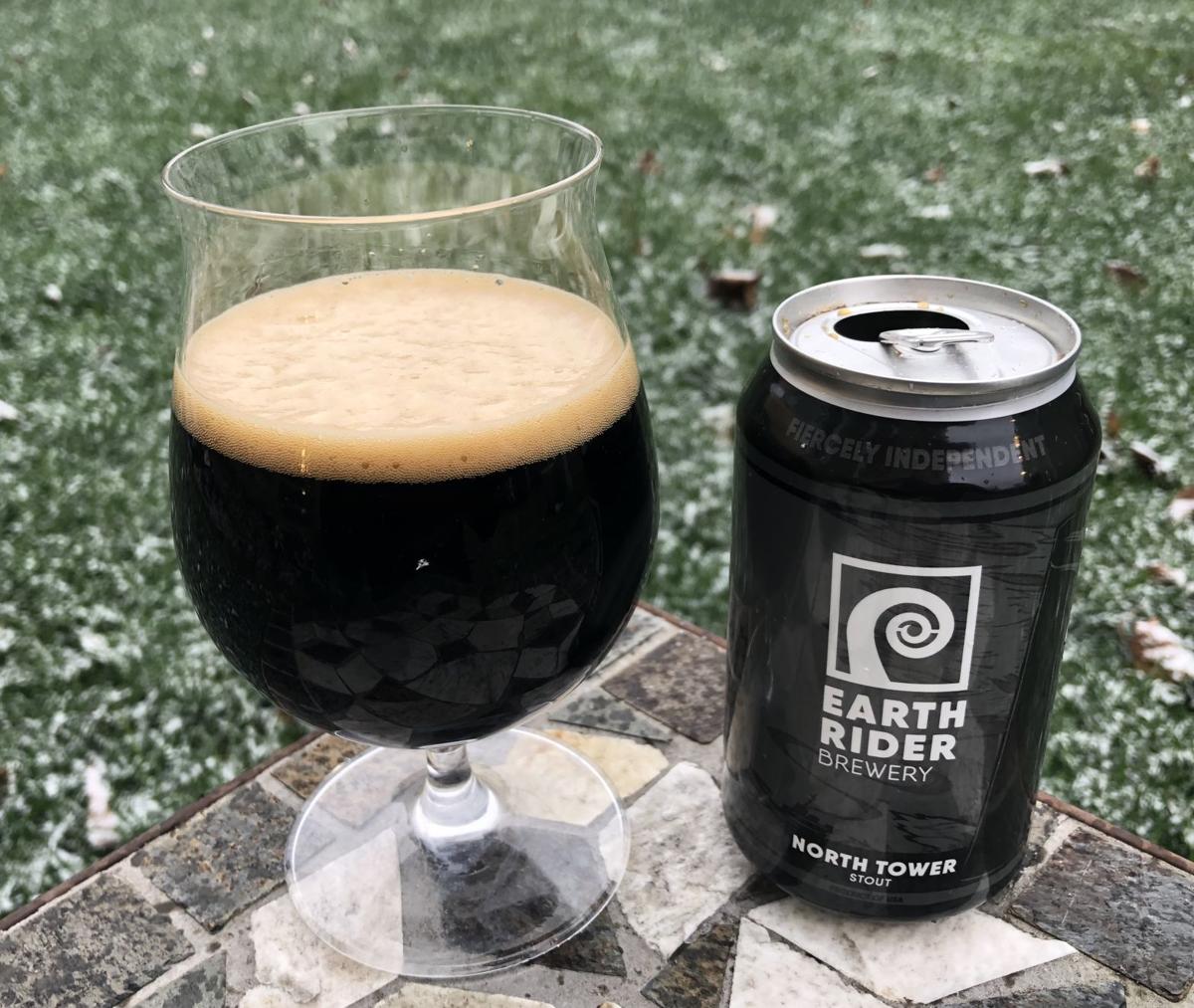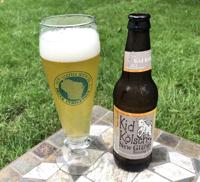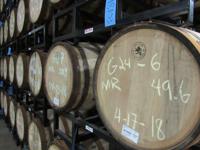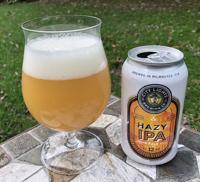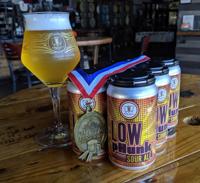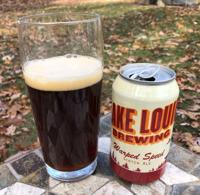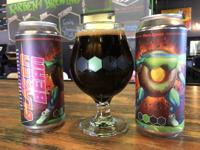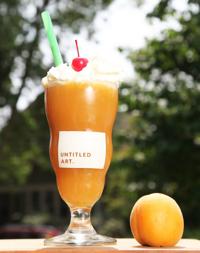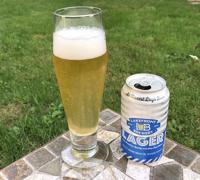
CMR announced that it’s published a business report namely Global Natural Drinking Mineral Water Market by Size, Share, Growth, Manufacturers, Regions, Type, and Application, Forecast to 2027 in its research database with report summary, table of content, research methodologies, and data sources. The research study offers a substantial knowledge platform for entrants and investors as well as veteran companies, manufacturers functioning in the Worldwide Natural Drinking Mineral Water Market.
We have also focused on SWOT, PESTLE, and Porter’s Five Forces analyses of the global Natural Drinking Mineral Water market. Leading players of the global Natural Drinking Mineral Water Market are analyzed taking into account their market share, recent developments, new product launches, partnerships, mergers or acquisitions, and markets served.
Request Sample Report @ https://chronicalmarketresearch.com/request-for-sample-report/19387
The Natural Drinking Mineral Water Market report is a compilation of first-hand information, qualitative and competitive assessment industry analysts, inputs from industry experts, and industry participants across the value chain. The research report market provides an in-depth analysis of parent market trends, macro-economic indicators, and governing factors along with market attractiveness as per segments. The report also maps the qualitative impact of various market factors on market segments, trending Key Factors, and geographies.
The **Key Manufacturers** covered in this Report:-
The major vendors covered:
Danone
Nestle
Coca-Cola
Bisleri International
Suntory Water Group
Gerolsteiner
Ferrarelle
Hildon
Tynant
Master Kong
Nongfu Spring
Wahaha
Ganten
Cestbon
Kunlun Mountain
Blue Sword
Laoshan Water
Al Ain Water
NEVIOT
Rayyan Mineral Water Co
China Jilin Forest Industry Group
This Natural Drinking Mineral Water
The chapter on competitive landscape provides information about key company overview, global presence, sales and revenue generated, market share, prices, and strategies used.
Request Discount About This Report @ https://chronicalmarketresearch.com/discount-request-on-report/19387
The Coronavirus (COVID-19) pandemic has affected every aspect of life worldwide. It has forced various industries to re-evaluate their strategies and adopt new ones to sustain during these trying times. The latest report includes the current COVID-19 impact on the market.
Our analysts engage in extensive primary and secondary research to cull out in-depth and authentic information. Primary research includes gathering information from official government and company websites, journals, and reports. Contact our sales team who will guarantee you to get a customized report that suits your specific needs.
Segment by Type, the Natural Drinking Mineral Water market is segmented into
Natural Mineral Water with Gas
Aerated Natural Mineral Water
Natural Mineral Water Without Gas
Degassed Natural Mineral Water
Segment by Application, the Natural Drinking Mineral Water market is segmented into
Convenience Stores
Grocery Stores
Online Retailers
Others
Request For Customization About This Report @ https://chronicalmarketresearch.com/request-for-customization/19387
Which Market Factors Are Explained In The Report?
**Key Strategic Developments**: The study also includes the key strategic developments of the market, comprising R&D, new product launch, M&A, agreements, collaborations, partnerships, joint ventures, and regional growth of the leading competitors operating in the market on a global and regional scale.
**Key Market Features**: The report evaluated key market features, including revenue, price, capacity, capacity utilization rate, gross, production, production rate, consumption, import/export, supply/demand, cost, market share, CAGR, and gross margin. In addition, the study offers a comprehensive study of the key market dynamics, and their latest trends, along with pertinent market segments and sub-segments.
**Analytical Tools**: The Global Natural Drinking Mineral Water Market report includes the accurately studied and assessed data of the key industry players and their scope in the market by means of a number of analytical tools. The analytical tools such as Porter’s five forces analysis, SWOT analysis, feasibility study, and investment return analysis have been used to analyze the growth of the key players operating in the market.
The Natural Drinking Mineral Water Market Report Provides:
- Market overview
- Comprehensive analysis of the market
- Recent developments in the market
- Market development over the past few years
- Emerging segments and regional markets
- Segmentation’s up to the second and/or third level
- Historical, current, and estimated market size, in terms of value and volume
- Competitive analysis having company overview, products, revenue, and strategies
- Strategic recommendations that help companies increase their market presence
The main questions answered in the report:
- What are the main factors that take this market to the next level?
- What is the market demand and what is growth?
- What are the most recent opportunities for the Natural Drinking Mineral Water market in the future?
- What are the main advantages of the player?
- What is the key to the Natural Drinking Mineral Water market?
In this study, the years considered to estimate the market size of the Natural Drinking Mineral Water Market are as follows:
History Year: 2013-2018
Base Year: 2019
Estimated Year: 2020
Forecast Year: 2020 to 2027
You can also request custom information like chapter-wise or specific region-wise study as per your interest.
Contact Us
Chronical Market Research,
4004 W Lake Sammamish,
Pkway B9 Redmond,
WA 98052 United States.
Tel: +44 115 888 3028
Web: www.chronicalmarketresearch.com
About Us
At Chronical Market Research, we understand that the research we provide is only as good as the outcome it inspires. These reports are generated by well-renowned publishers on the basis of the data acquired from an extensive research and credible business statistics. That’s why we are proud to provide the widest range of research products, multilingual 24/7 customer support and dedicated custom research services to deliver the insights you need to achieve your goals. Take a look at few of our aspects that makes Chronical Market Research an asset to your business.
November 01, 2020 at 05:55AM
https://ift.tt/3ecLmBl
Releases New Report on the Natural Drinking Mineral Water Market - KYT24
https://ift.tt/386HPRZ
mineral water











